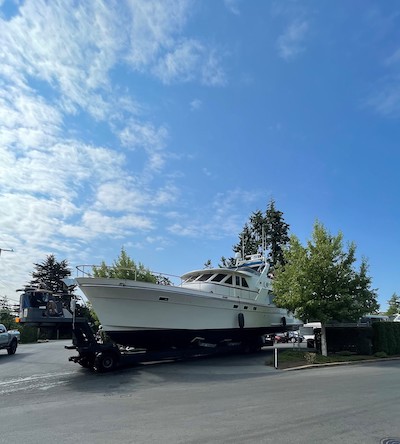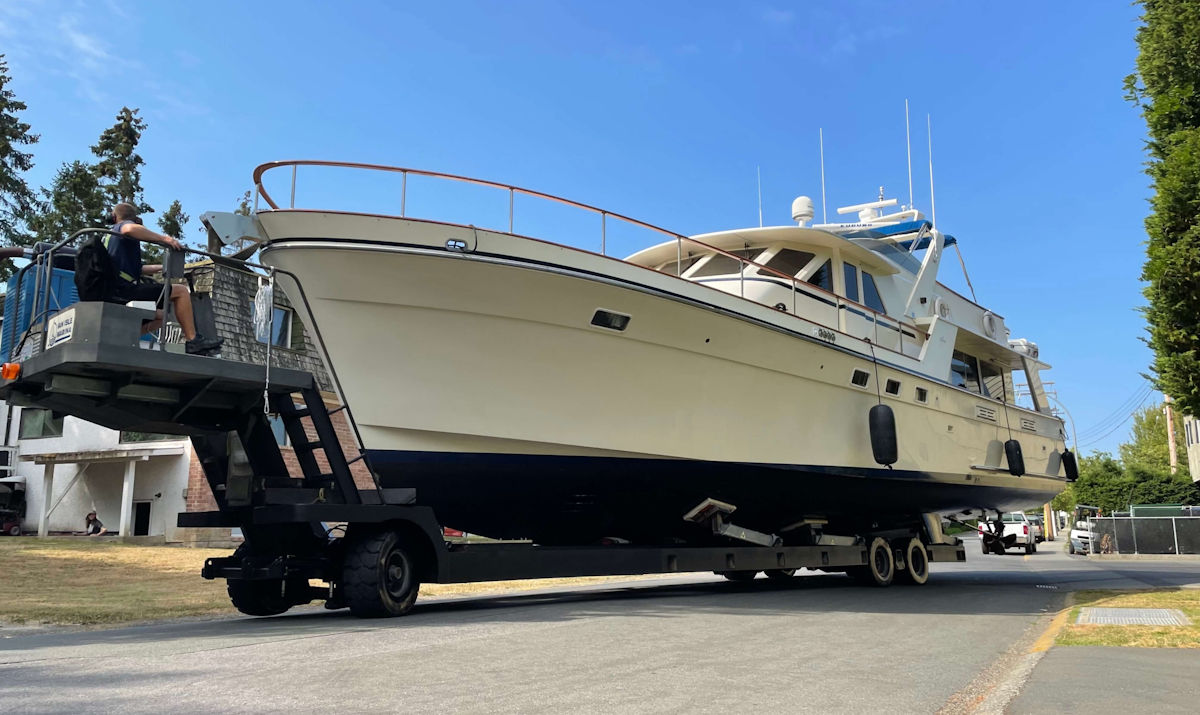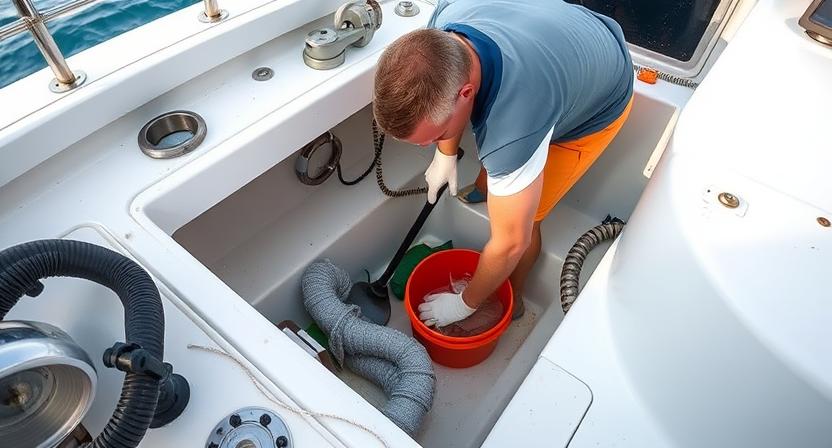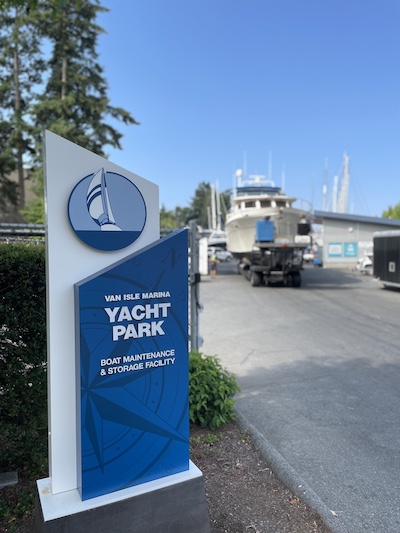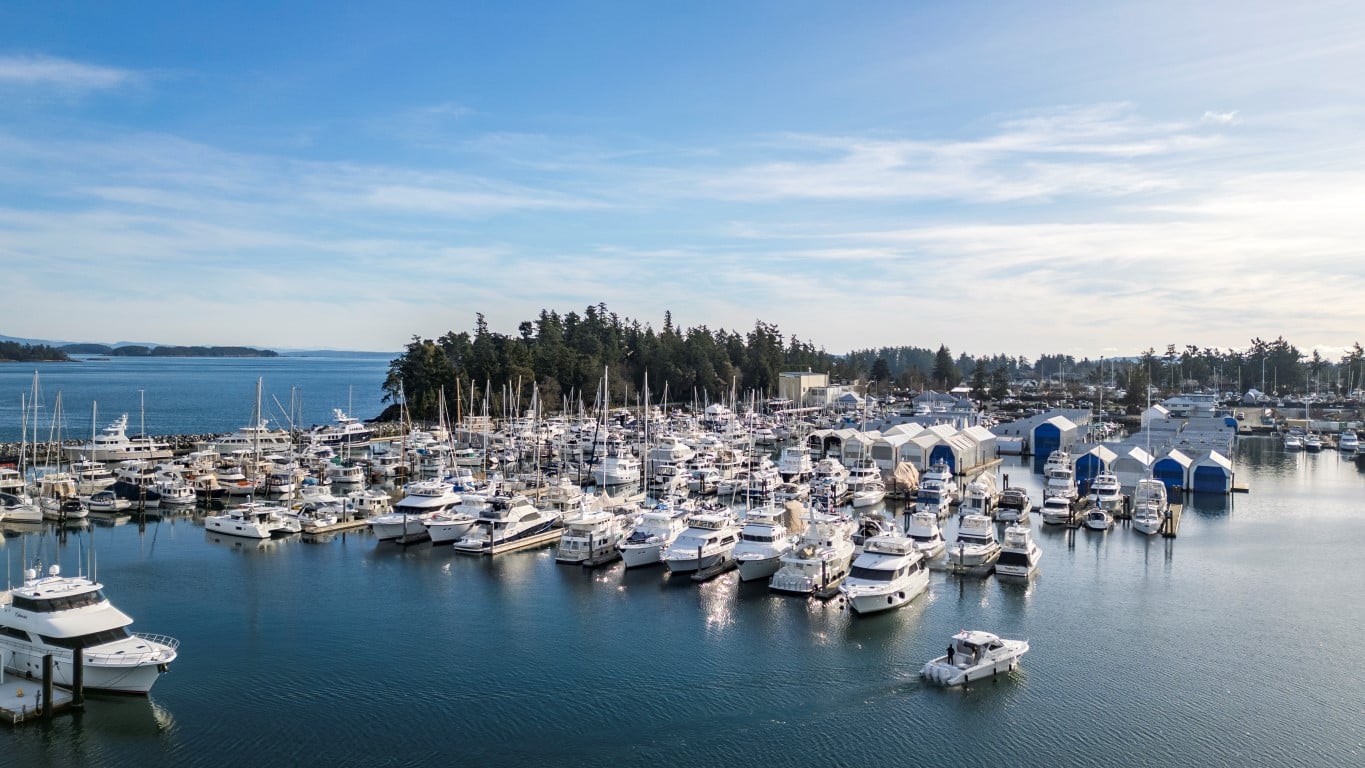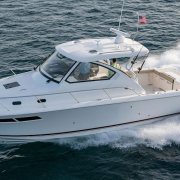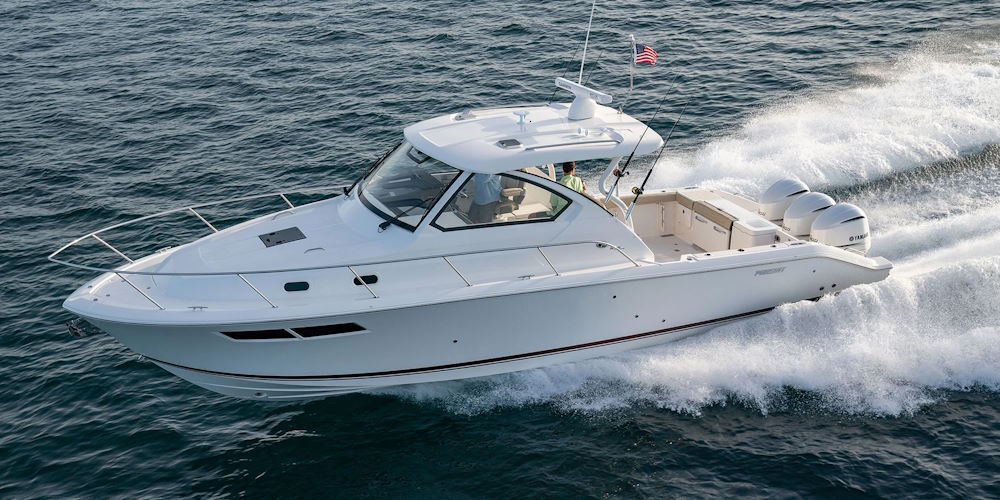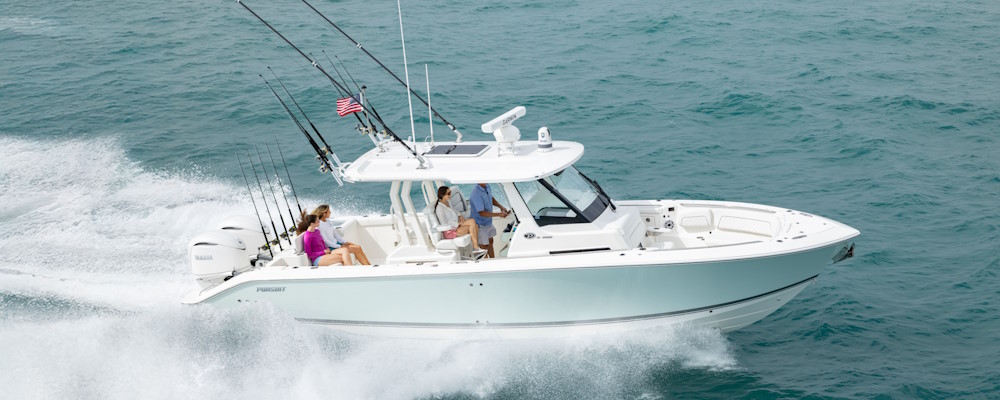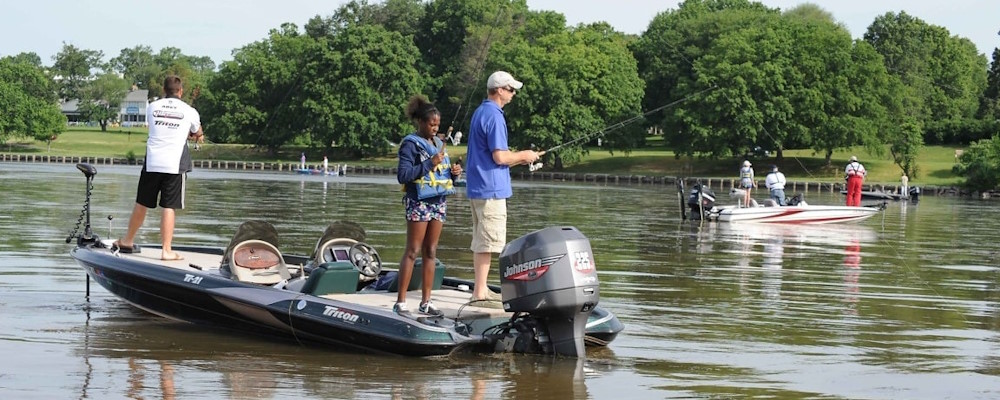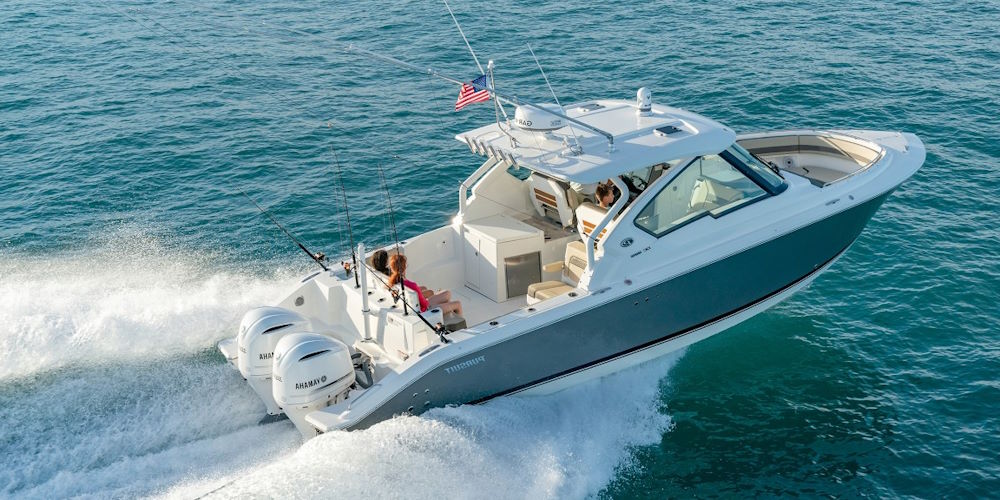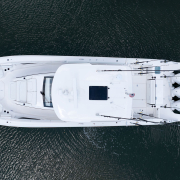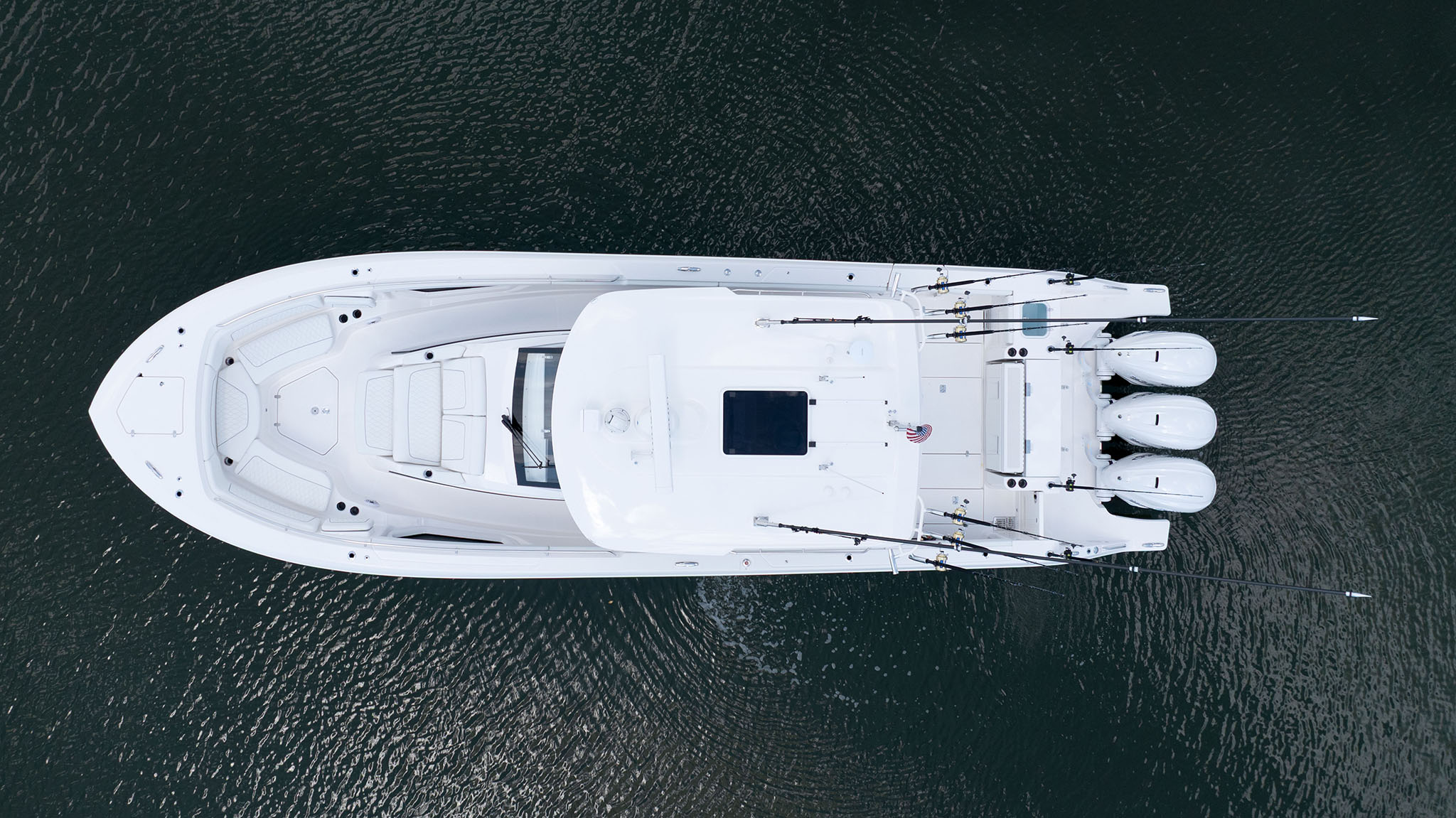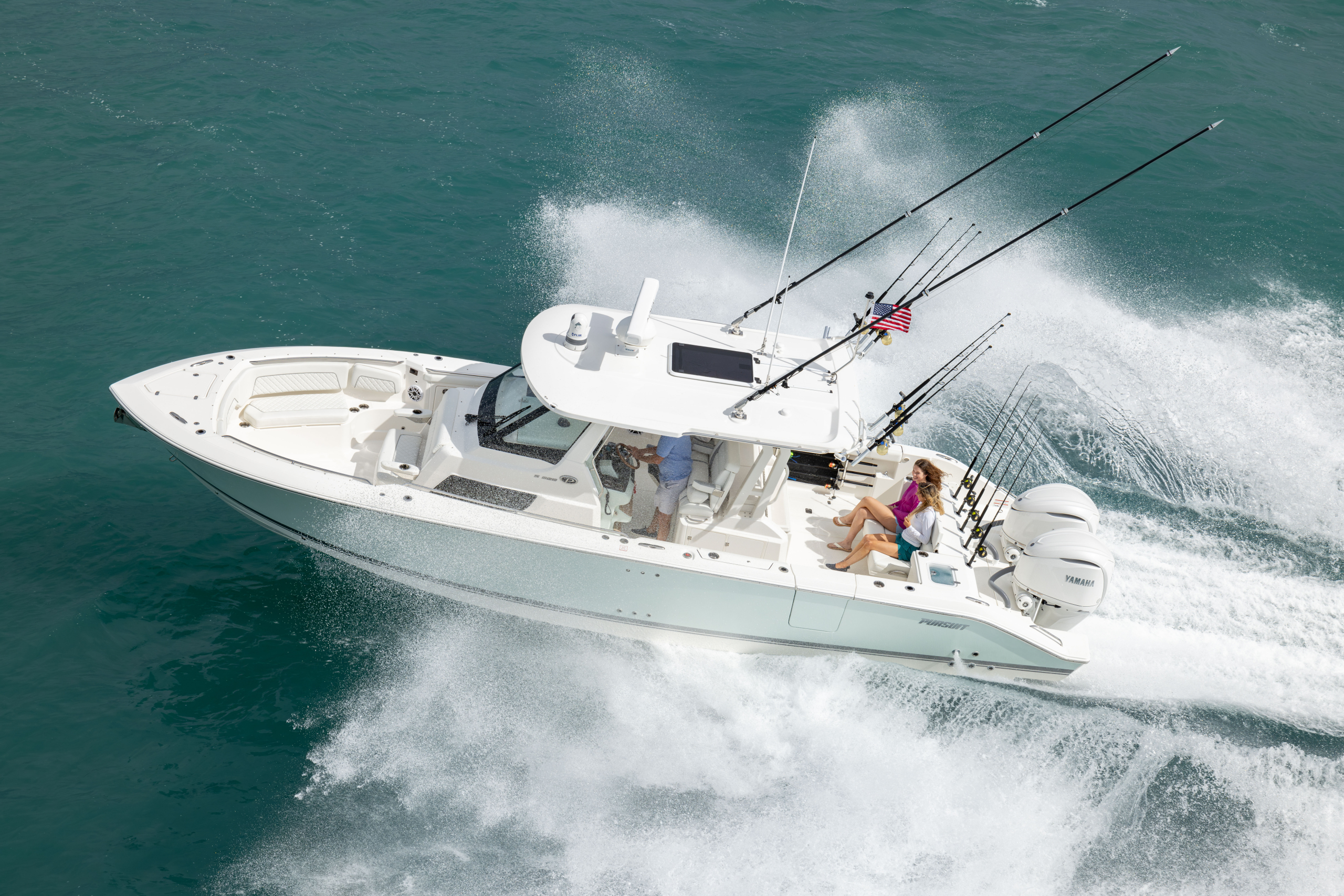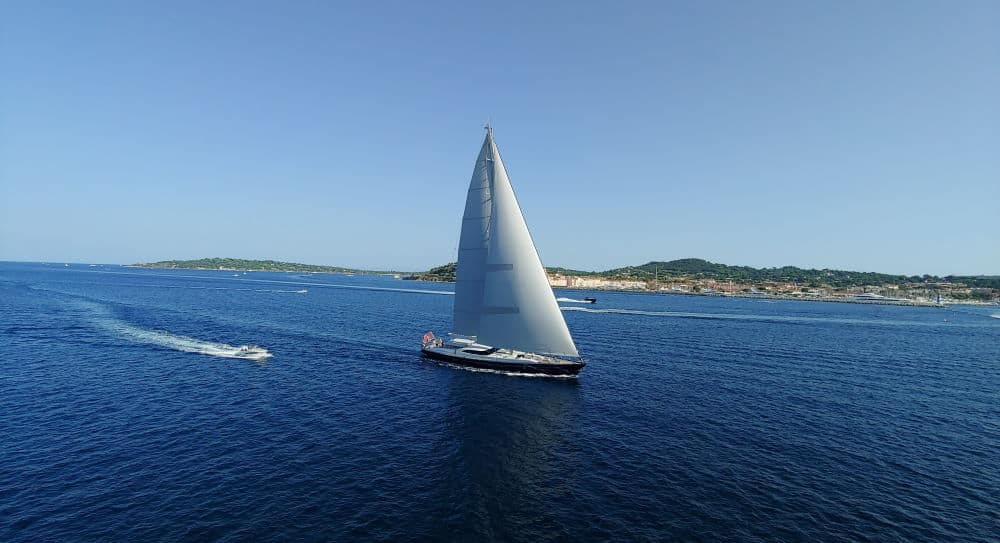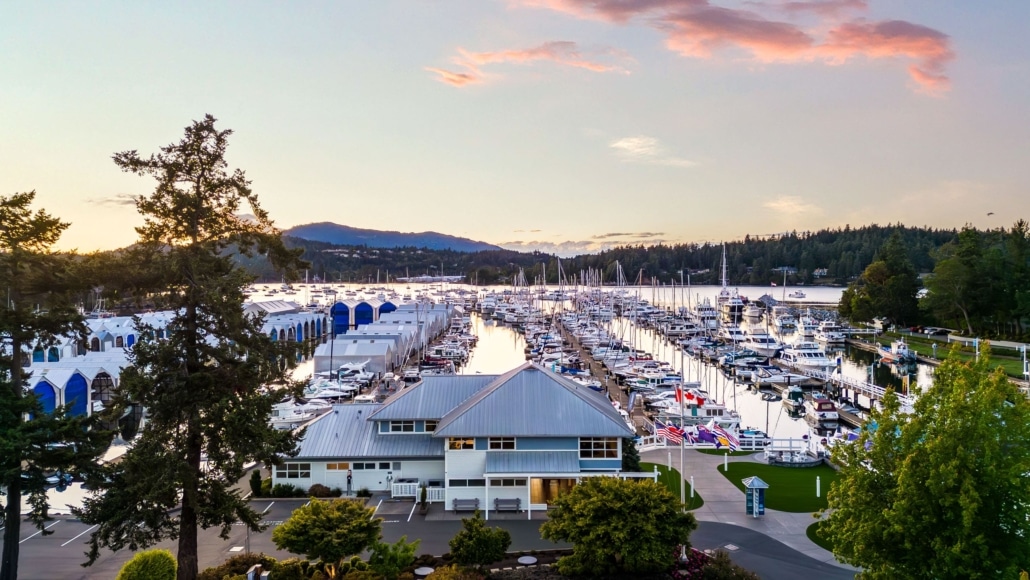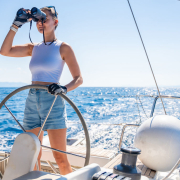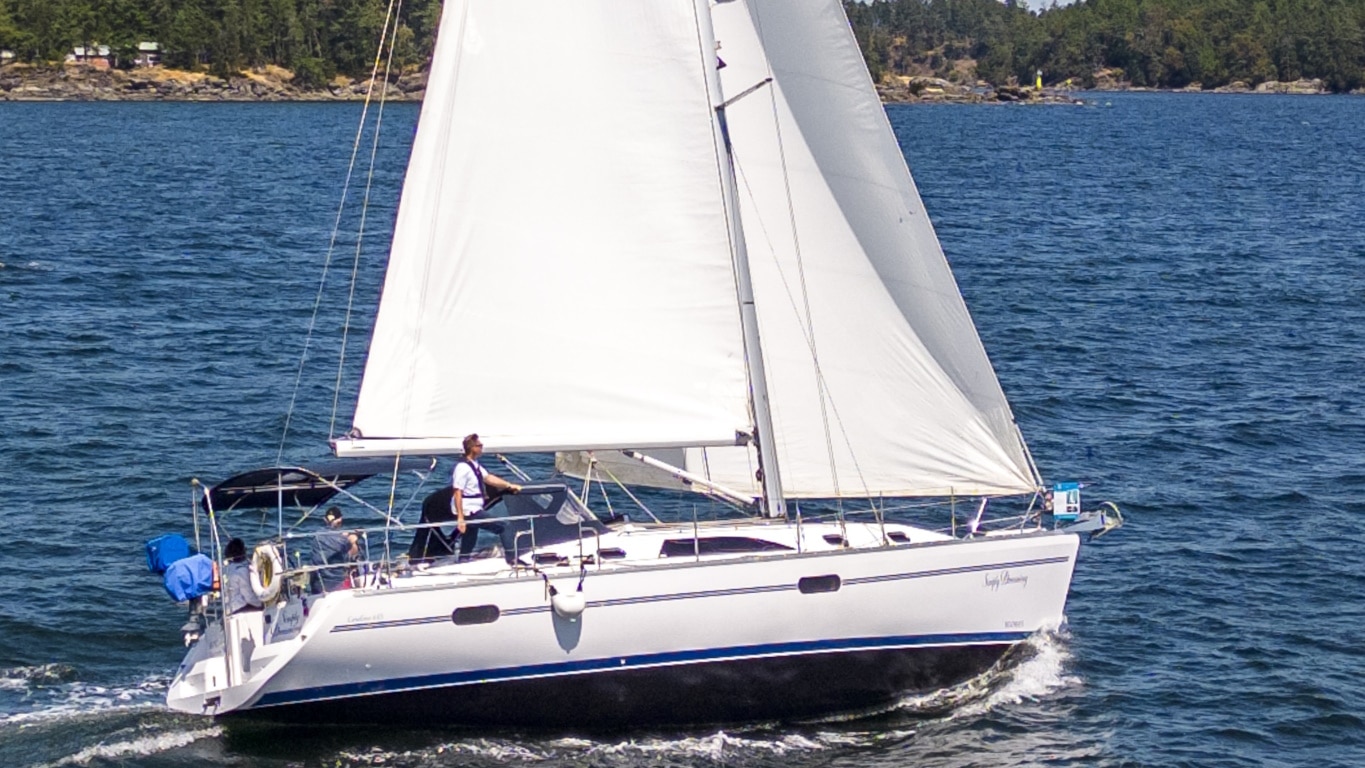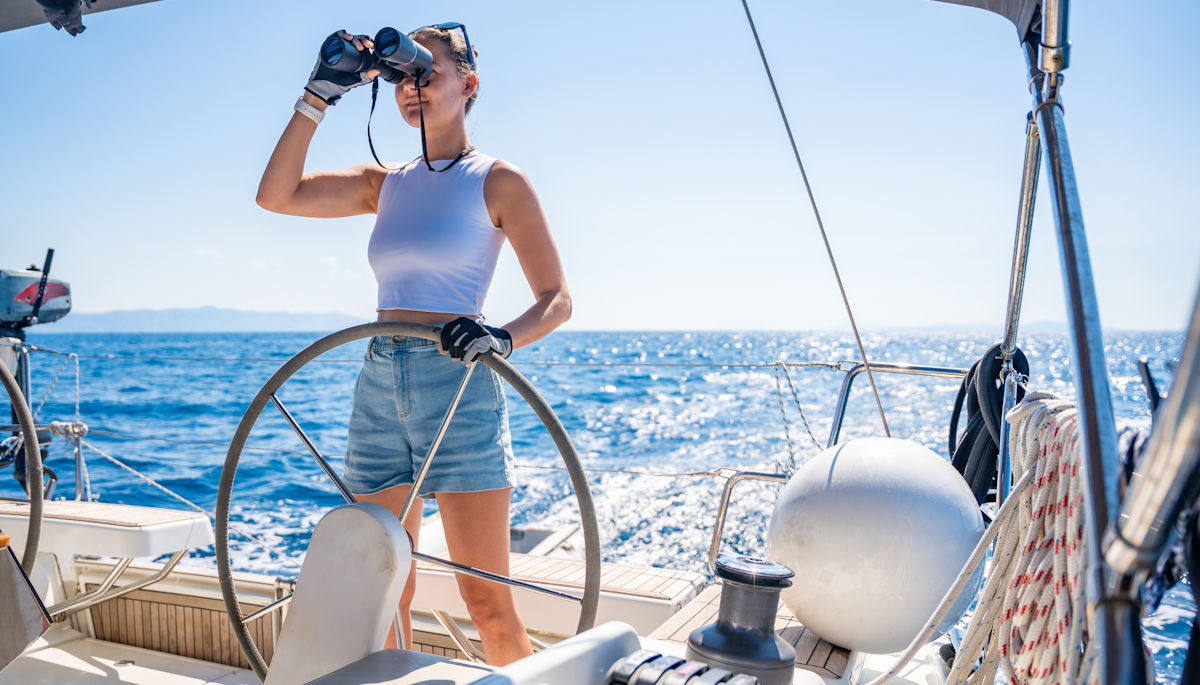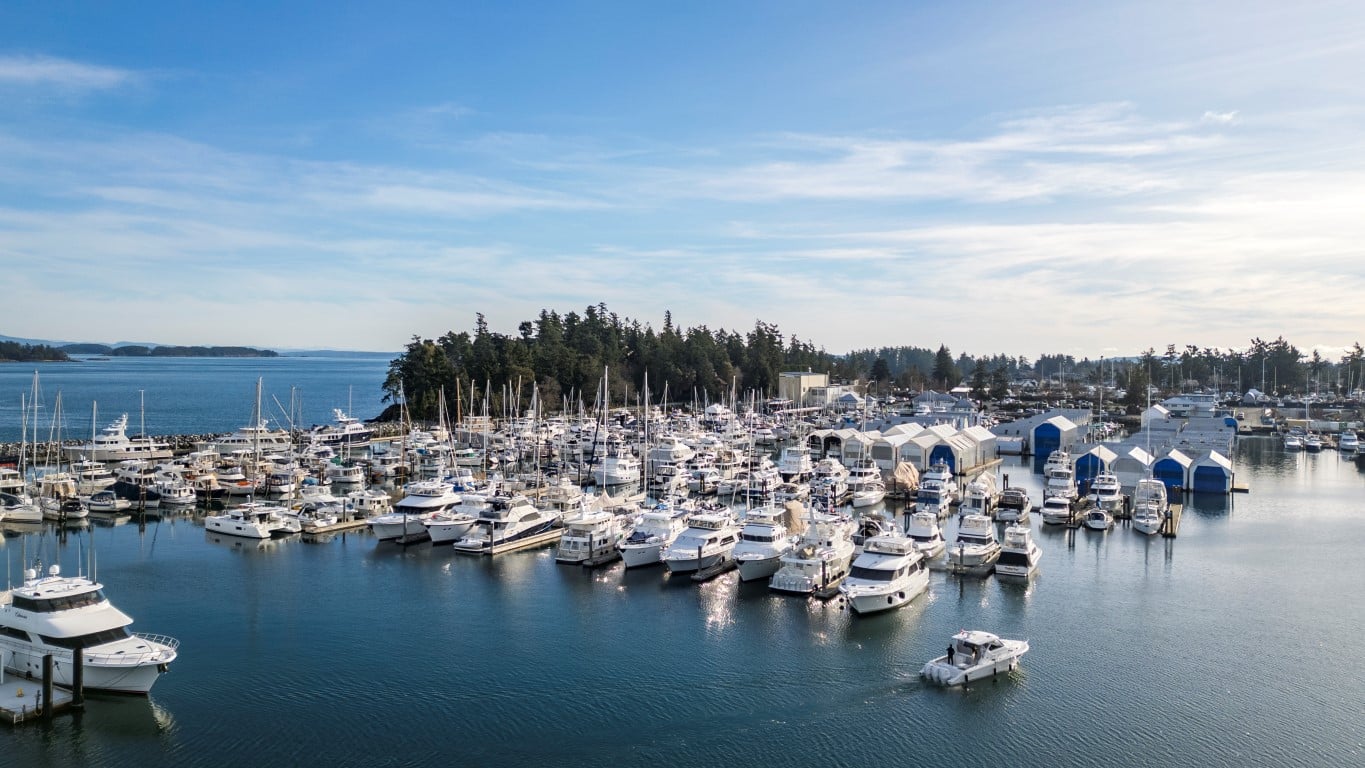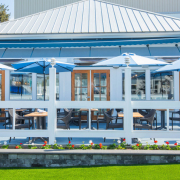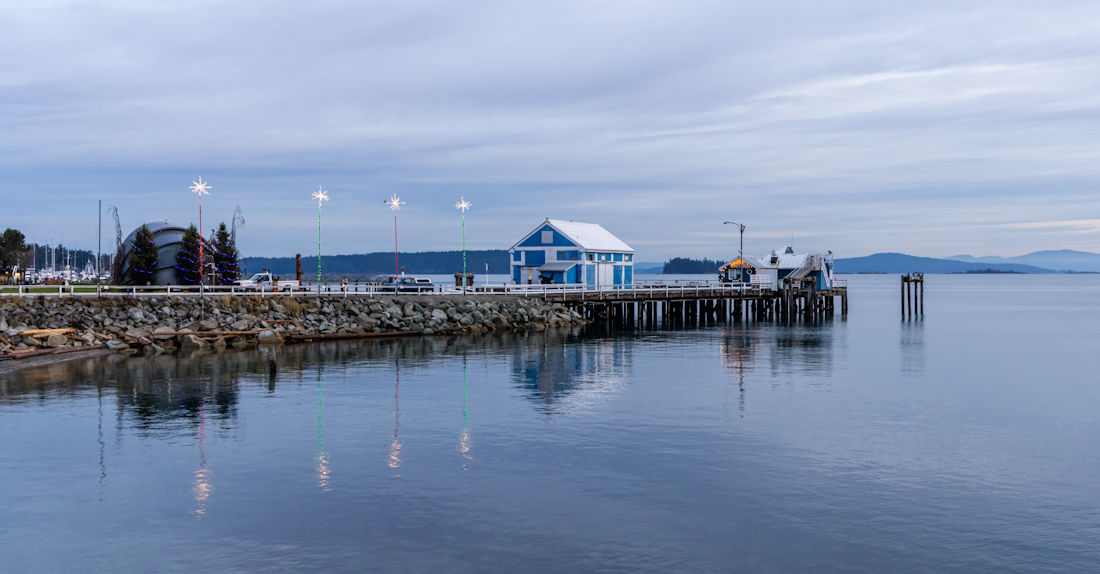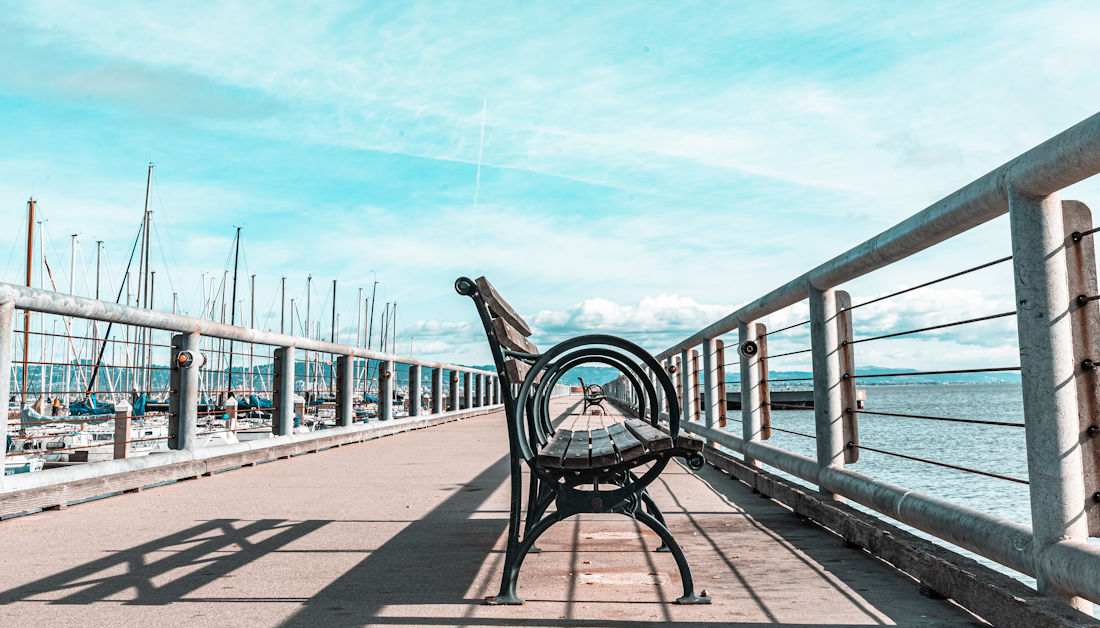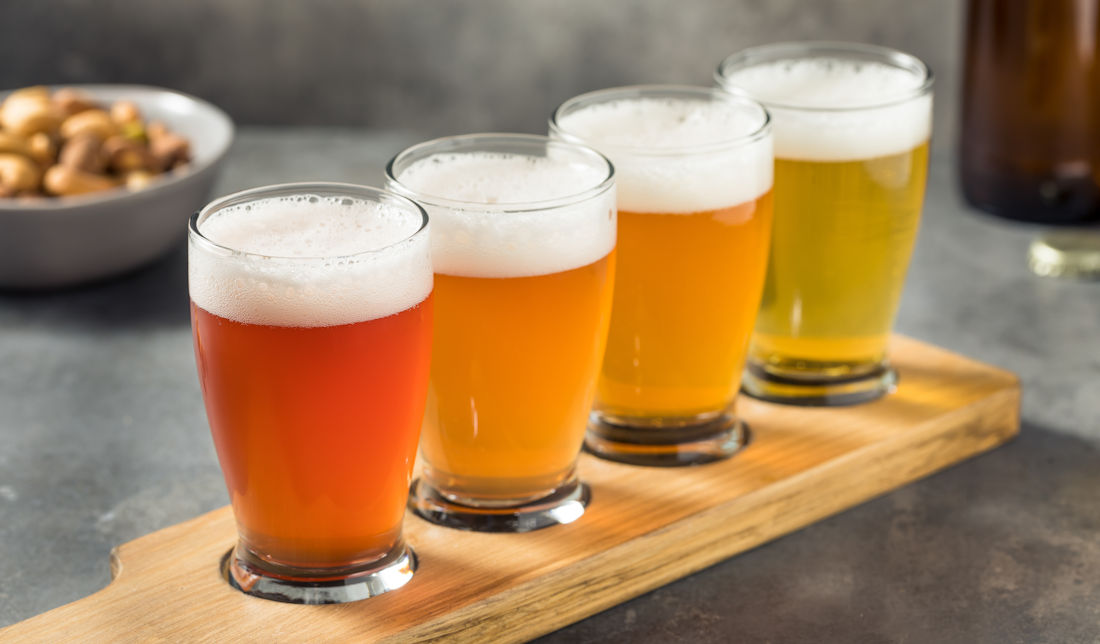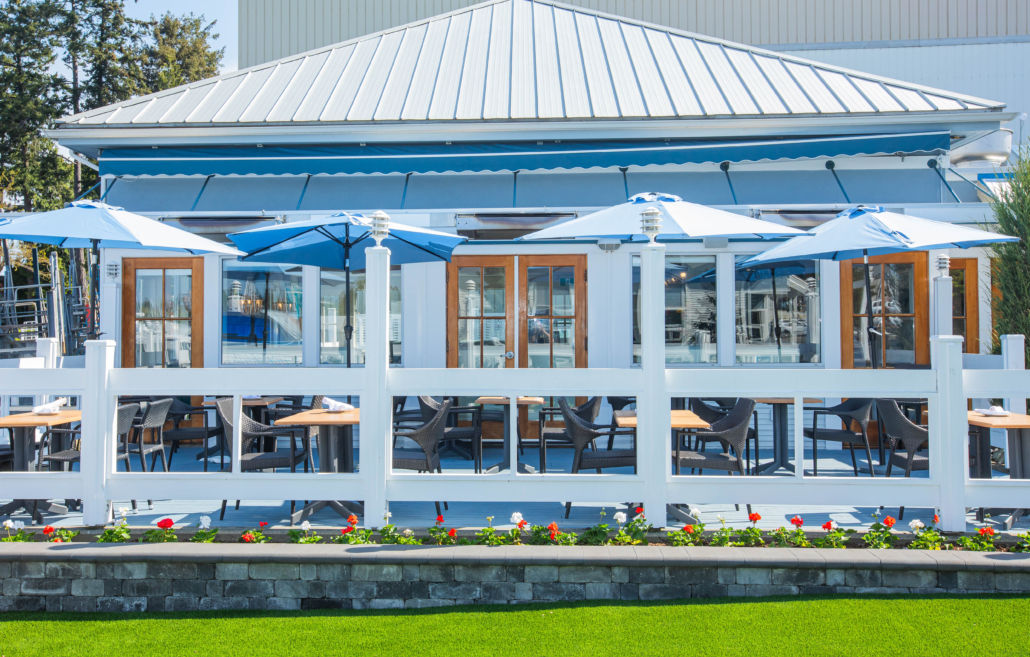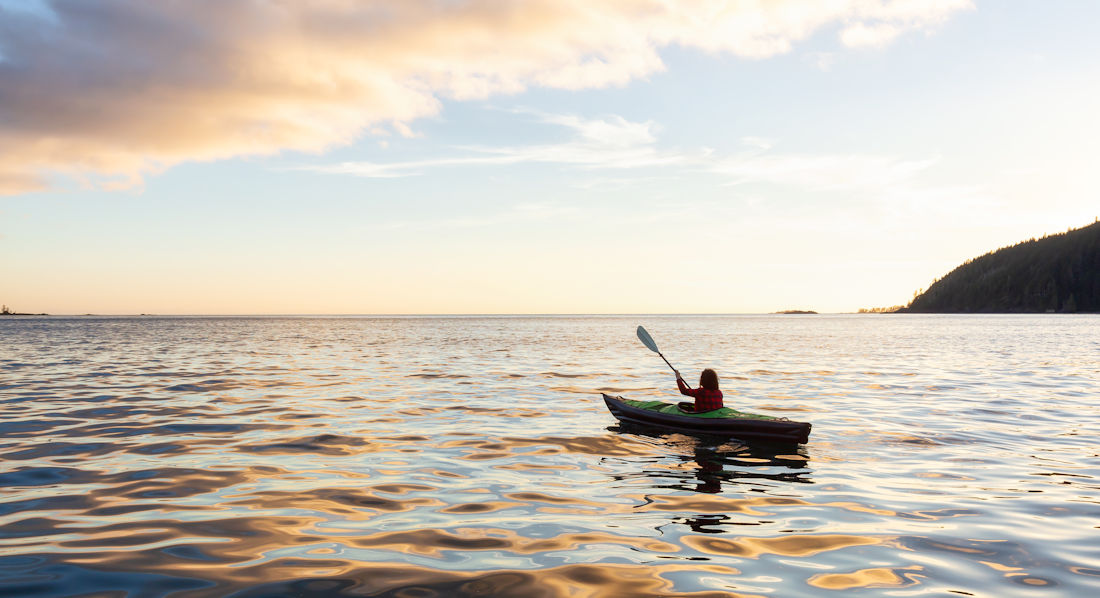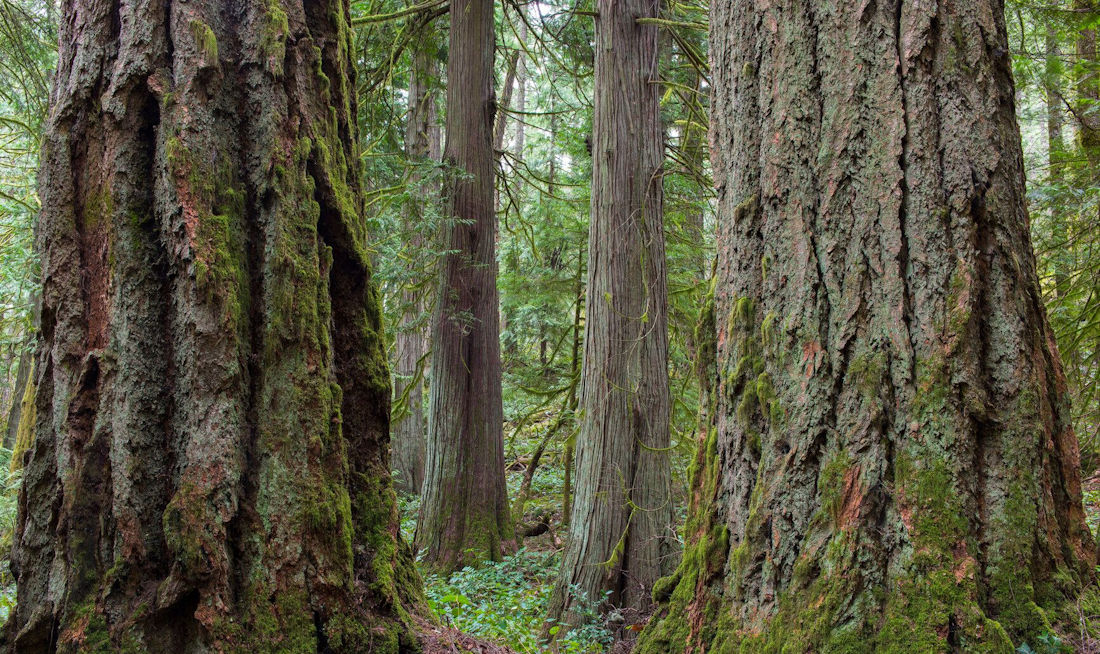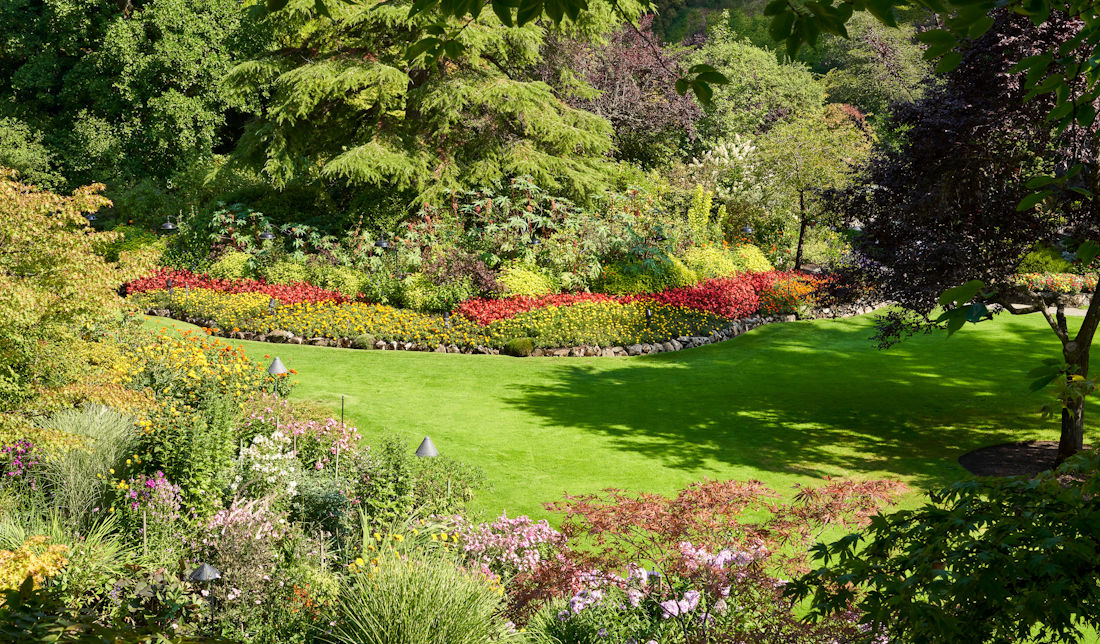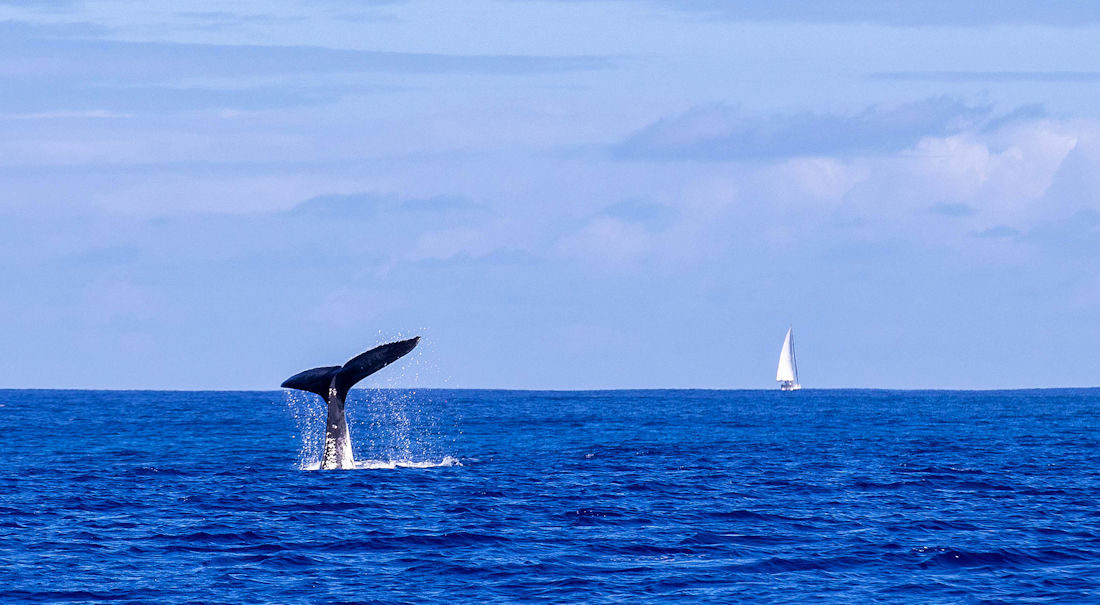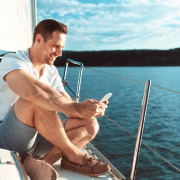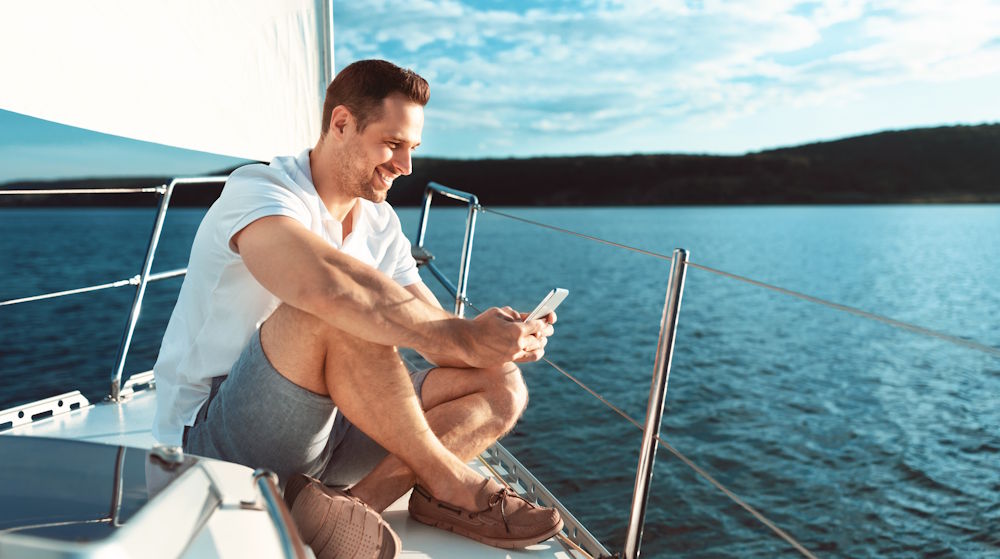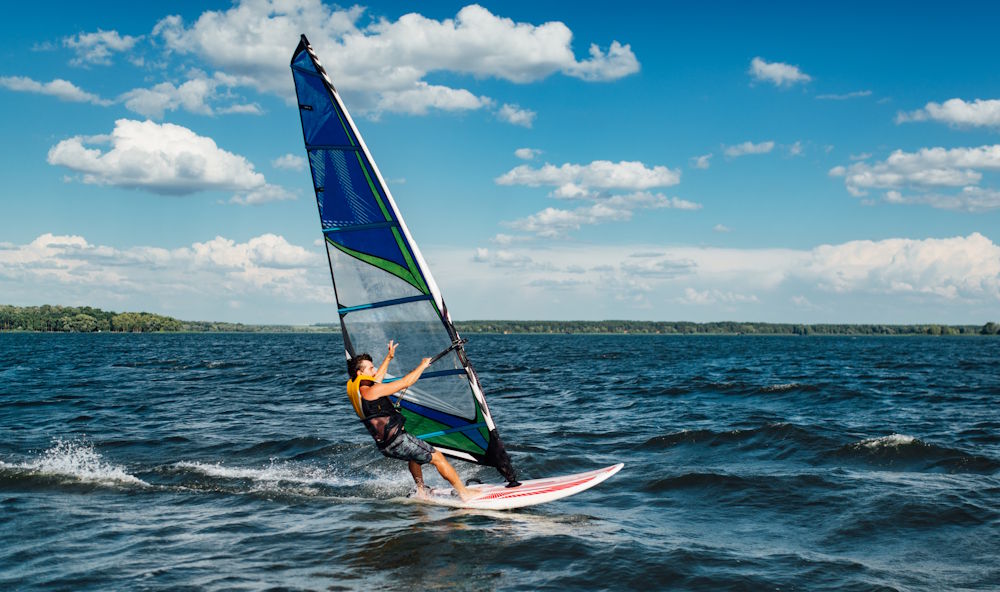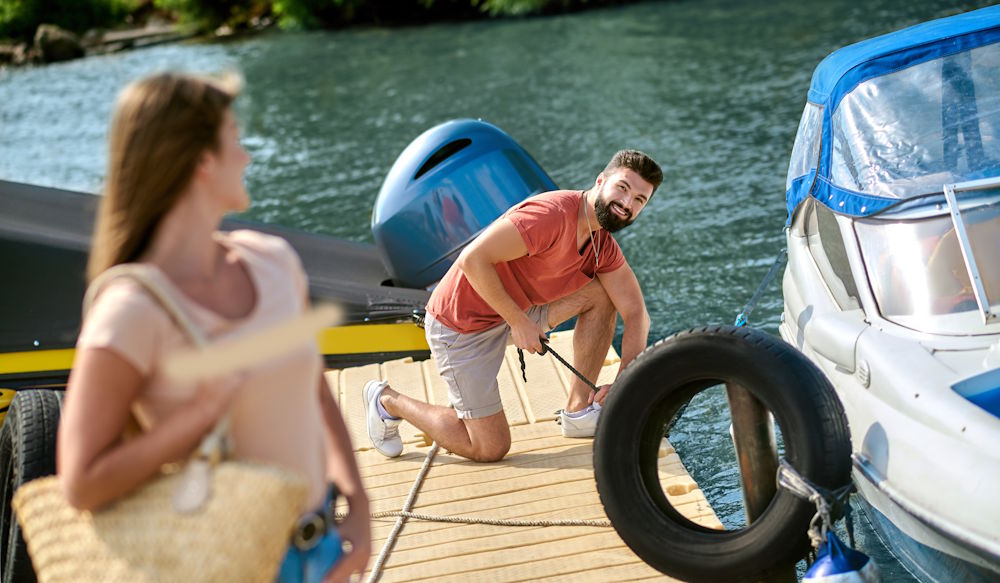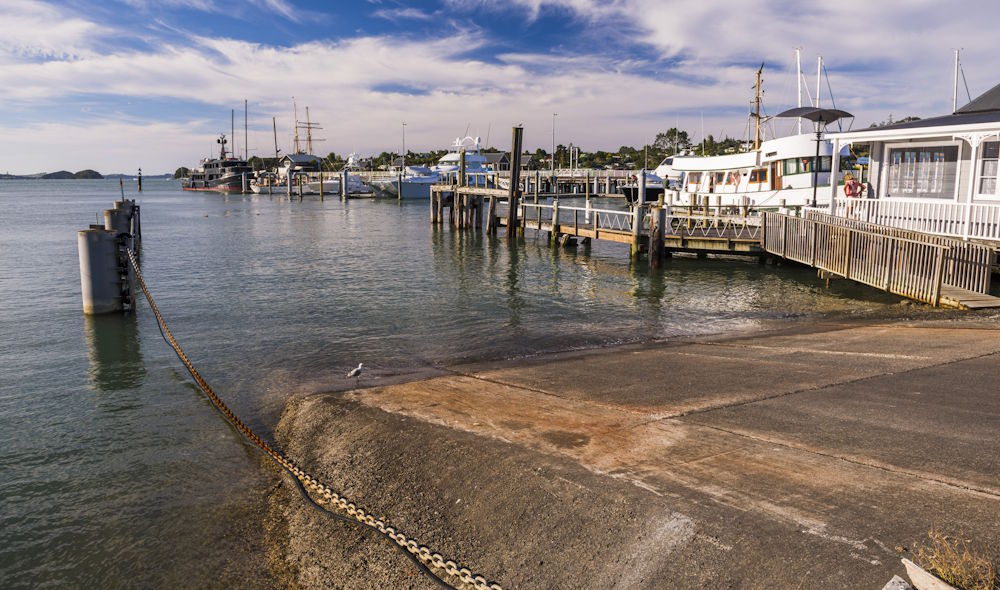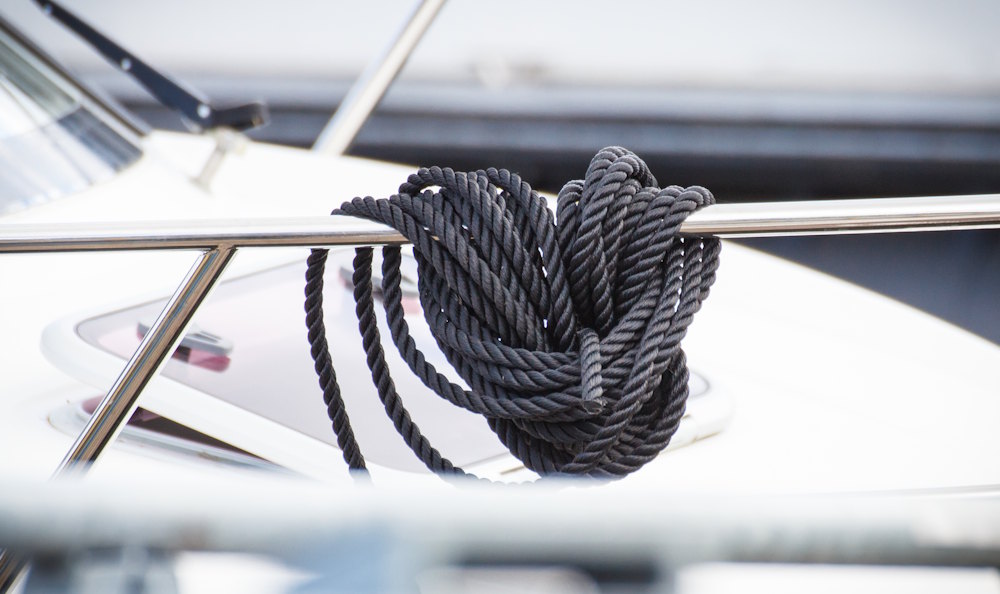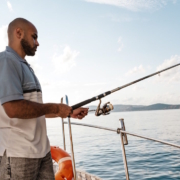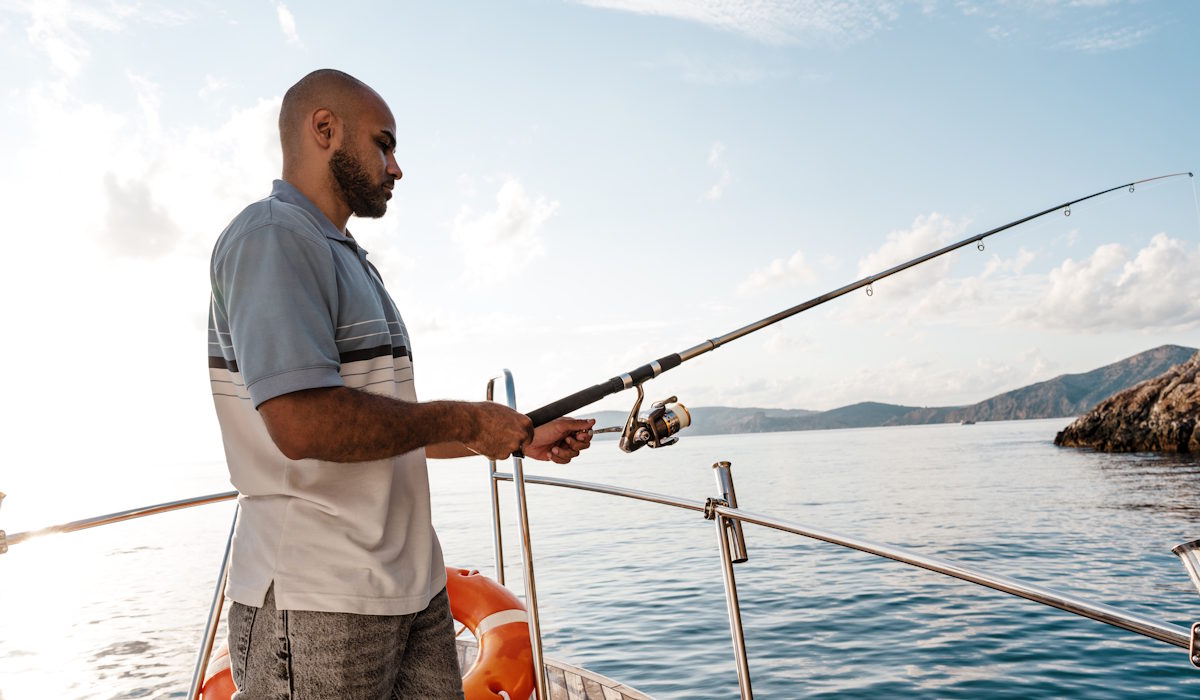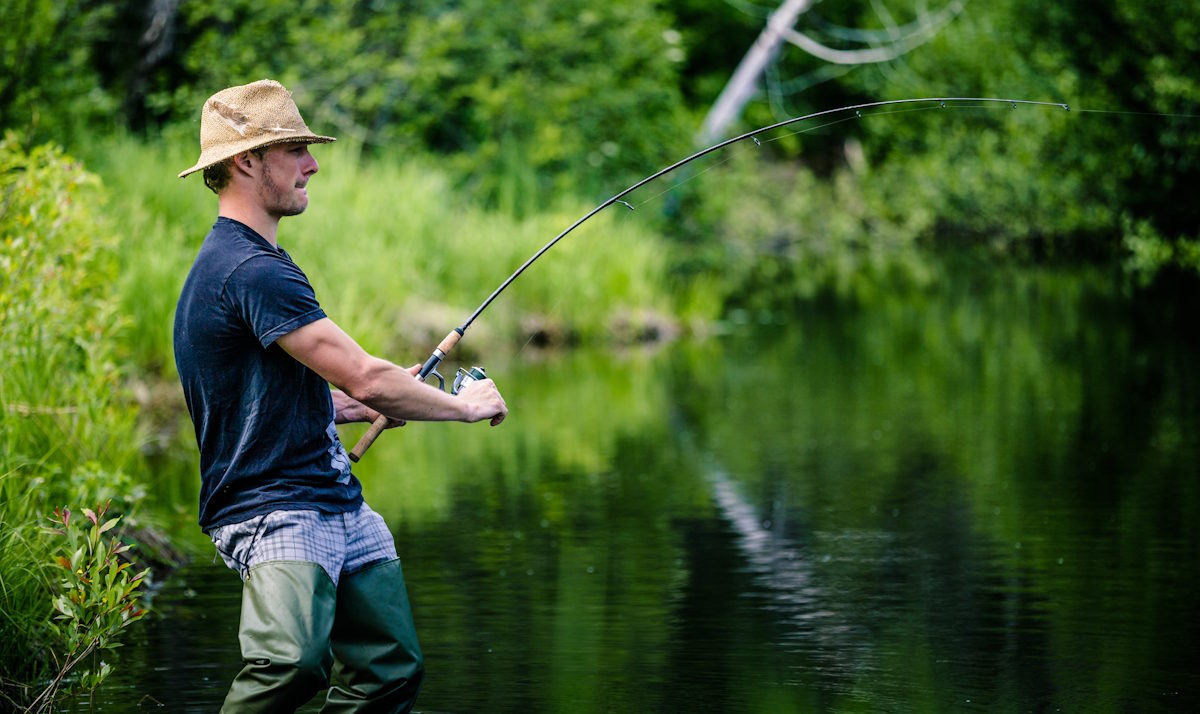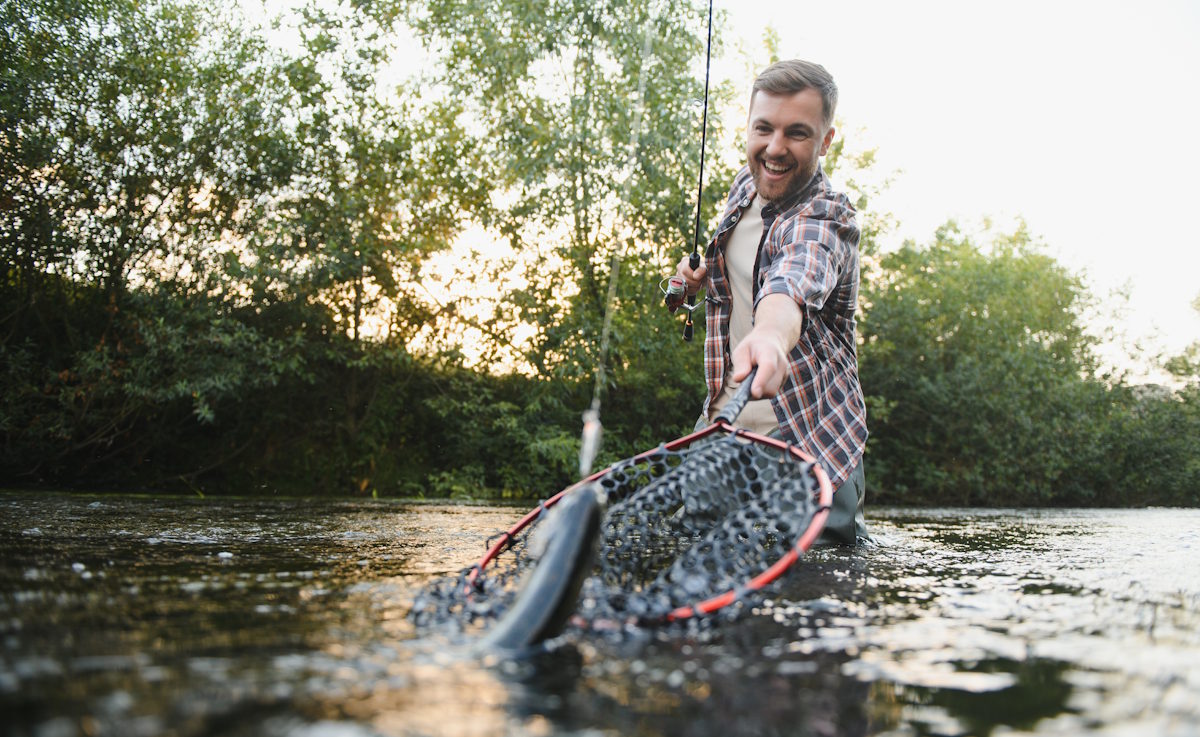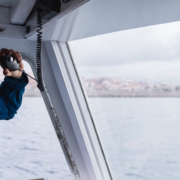Boat Mooring Checklist & Techniques – How to Moor Your Boat
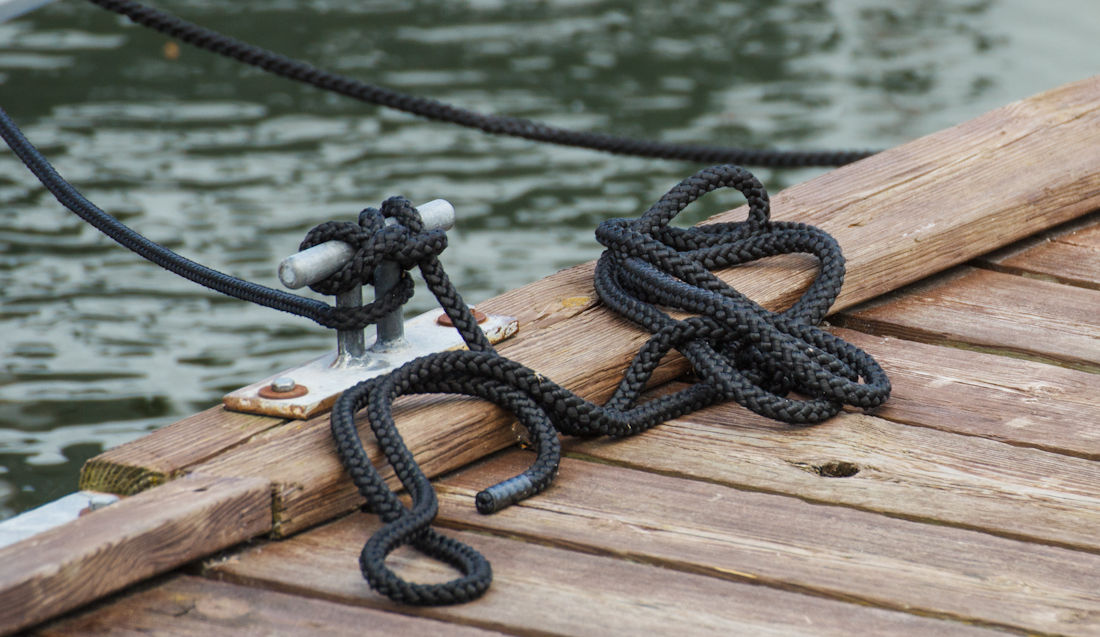
Step-by-Step Instructions for Successful Mooring
Knowing how to moor your boat properly is a vital skill all boat owners should have.
No one wants to find their vessel damaged, floating away or sunk, which can all happen if it is not moored and secured properly. A damaged or submerged boat is not only a huge financial loss and stressful situation, but it can also cause environmental damage.
Mooring your boat securely and safely will give you the peace of mind that your boat will be ok while you are gone. Follow this boat mooring checklist to ensure your boat is properly moored each and every time.
>> Check out our mooring, anchoring and docking guide.
What is Mooring?
Mooring is the act of tying or securing your vessel to a fixed permanent structure in order to prevent it from moving around on the water. As you’ll learn, ‘mooring’ also refers to the equipment involved, like mooring lines, mooring buoys and mooring chains.
Boating around Vancouver Island, you’ll most likely find yourself mooring to a mooring buoy, a dock or pier, or a wharf. Here are some of the structures you can moor a boat to:
- Dock – a structure extending out from shore
- Wharf – a structure built along the shore of a harbour, typically larger than a dock
- Jetty – a structure extending from shore to impact currents and protect the harbour
- Pier – a raised structure supported by piles or columns, many of which are used for fishing, pedestrians, or commercial activity
- Quay – a platform structure lying alongside or projecting into water, typically designed for loading/unloading vessels
These structures all offer some kind of walkway and direct access to your vessel for easy boarding and loading.
You can also moor to a fixed position mooring buoy. A mooring buoy is connected via a mooring chain to a fixed anchor. When you moor to the buoy, the anchor holds your vessel in place.
Mooring buoys are in open water, making them a good option when you want to stop at an offshore location for some time. A dinghy or tender will be needed to get to shore.
Before I Set Off – What Equipment Do I Need to Moor Properly?
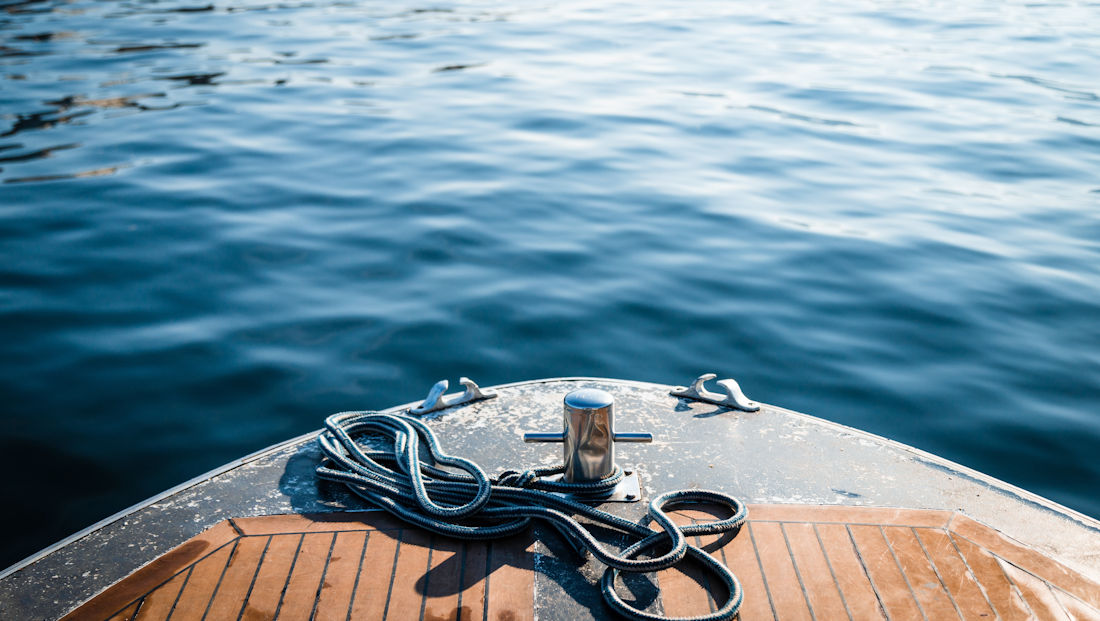
Before each journey, make sure your vessel is equipped with everything you will need for successful and safe moorage, whether that is out in the water or back at your home marina.
- At least one anchor is attached to an anchor line
- Bow line – rope used in the forward part of a ship
- Stern line – rope used in the rear or aft-most section of a boat
- Spring line – a diagonal rope to prevent movement
- Spare lines – for an emergency or unexpected docking situation
- At least 2 fenders (more if slip mooring) – also known as “boat bumpers”, which provide a cushion between your boat and a structure
- Boat hook for retrieving mooring buoy lines
>> Check out our boating equipment checklist.
How to Moor Your Vessel – A Step-by-Step Guide to Mooring Techniques
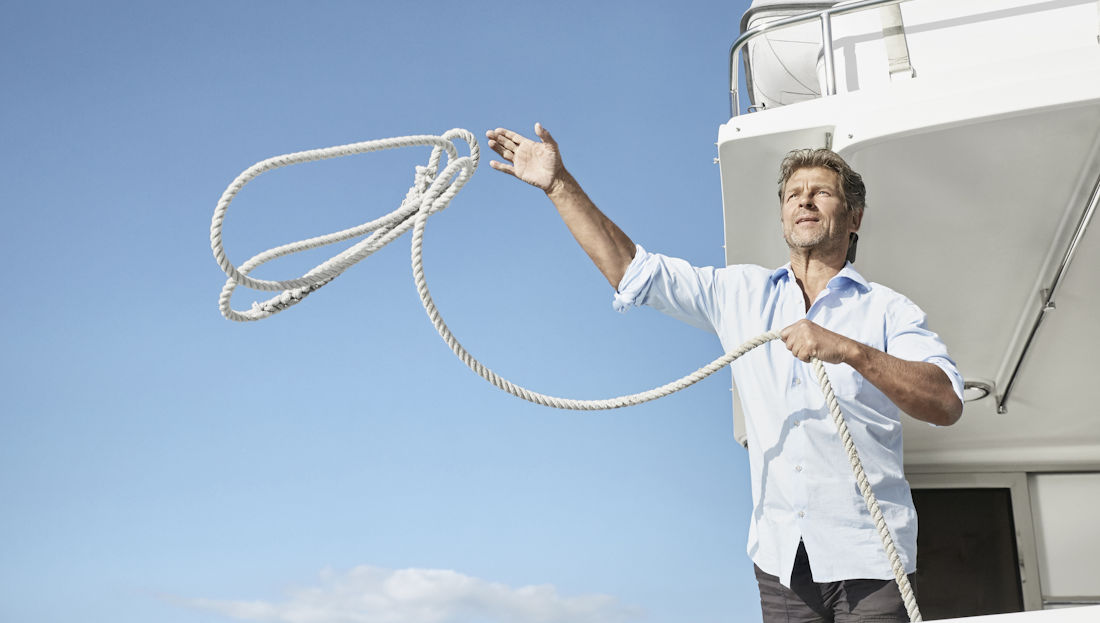
Mooring to a dock or jetty
Approaching a mooring – what to do first
- Get prepared
- Does your mooring location have rules or requirements?
- Do you need to check in and/or pay?
- Can you moor anywhere or only in an allocated space?
- Find your designated mooring spot or a free mooring spot that looks accessible.
- Reduce speed to a minimum, then use reverse to bring the boat to a stop well away from the mooring.
- Observe any drift and consider how weather conditions and wind may impact your approach.
- Get lines ready by tying them to cleats
- Prepare fenders and drop them over the appropriate side of the vessel
- Make sure there is no other moving traffic in the area before proceeding
Parallel Mooring – mooring alongside a dock and securing along one side of the vessel
- Approach the dock bow first at a narrow angle of around 20 degrees
- When close, have a passenger step off to the dock and secure the bow line to a dock cleat
- Use the stern line to pull the back end of the boat in by hand and secure the line to the dock cleat
- If you will be away for some time or the weather is poor, add a spring line running from the stern cleat to the dock at midship, then up to the bow cleat.
If strong wind is pushing you away from the dock
- Approach the dock at a steep (approx. 40-degree) angle
- Put the vessel into reverse to hold position and secure the bow line to the dock cleat
- Put the boat briefly into forward and turn the wheel sharply away from the dock to swing in the stern
- Secure stern line to the dock cleat
If strong wind is pushing you into the dock
- Approach as slowly as possible, parallel to the dock
- Let the wind push you into the dock (make sure fenders are in place)
- Secure bow and then stern lines to dock cleats or bull railing
Slip mooring – mooring at right angle to dock or pier, between other boats or pontoons
- Find a mooring spot, then turn so the vessel is lined up in front of the slip
- Reverse into space, being careful of other boats
- Watch out for drift caused by wind and adjust as necessary
- Secure the boat by running lines from the bow and starboard cleats to the dock
Mooring to a mooring buoy
- Find out if the mooring buoy is public or private
- Approach the mooring buoy from downwind or current
- Put the engine into neutral and retrieve the buoy pick-up line using your boat hook
- Tie the bowline to the port or starboard bow cleat, then run the bow line through the loop in the pick-up line
- Tie the other end of the bowline to the opposite bow cleat
Mooring by Anchor
If you find yourself needing to stop while in open water but with no mooring buoys in sight, you will need to moor by anchor. See this step-by-step guide by discoverboating.com for tips on anchoring a boat.
After You Have Moored – Do These Things Before You Leave Your Boat
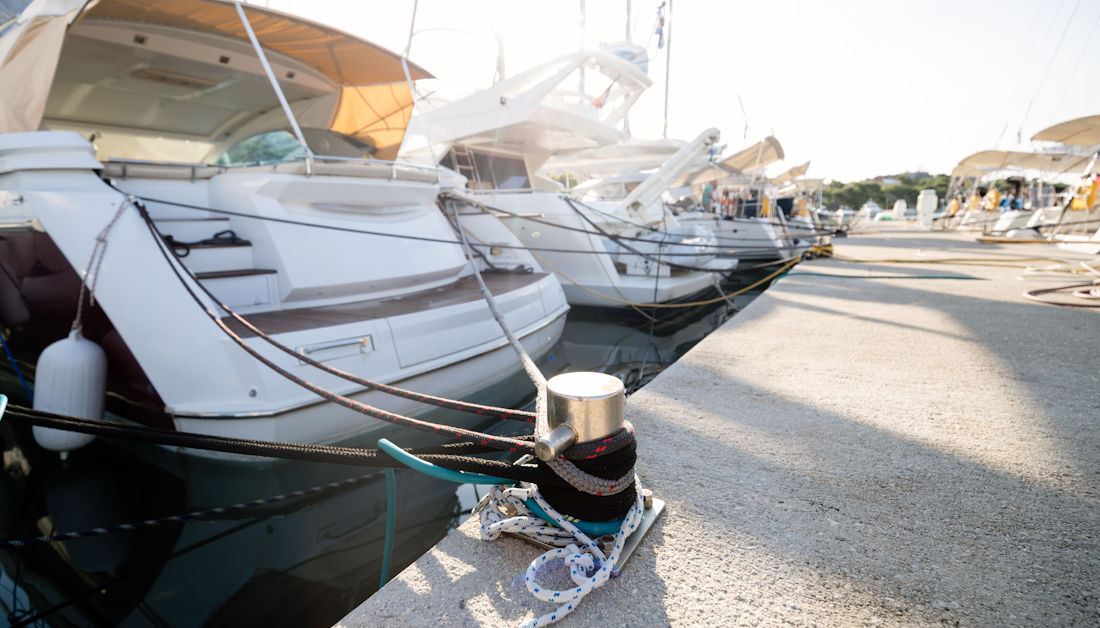
Mooring doesn’t end after you have tied up your lines. While docking may be one of the more difficult procedures in the boating experience, there are numerous other steps to take before completing the mooring process. Your boat will need to be fully shut down and protected before you leave it.
- Check your lines are unobstructed and secure
- Close through hull valves
- Switch on automatic bilge pumps and alarms
- Turn off non-essential electrics such as lights, VHF radio
- Connect to shore power if available to avoid battery drainage
- Store PFDs and life jackets
- Latch all cabin doors
- Lock ignition switches
- Take your boat key and offshore essentials with you
- Set the boat security alarm
>> Taking your boat in for maintenance? Check out our complete haul-out services available at Van Isle Marina.
Moorage Facilities to Suit all Vessels at Van Isle Marina

Whether you are looking for moorage options for a single night, a short stay or longer term, you’ll find everything you need at Van Isle Marina.
Located in Sidney, BC, Van Isle Marina is a full-service marina with 500 open and covered berths for boats up to 200 feet plus.
Utilities for those mooring at the marina include electrical hookup, water supply, waste disposal, full fuel dock and more. Van Isle Marina also has yacht maintenance and storage facilities, should your vessel require some work during your time mooring with us.
Contact Van Isle Marina today for more information about mooring with us.
Contact Van Isle Marina Today
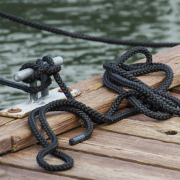
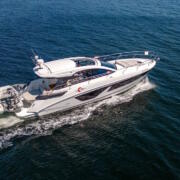
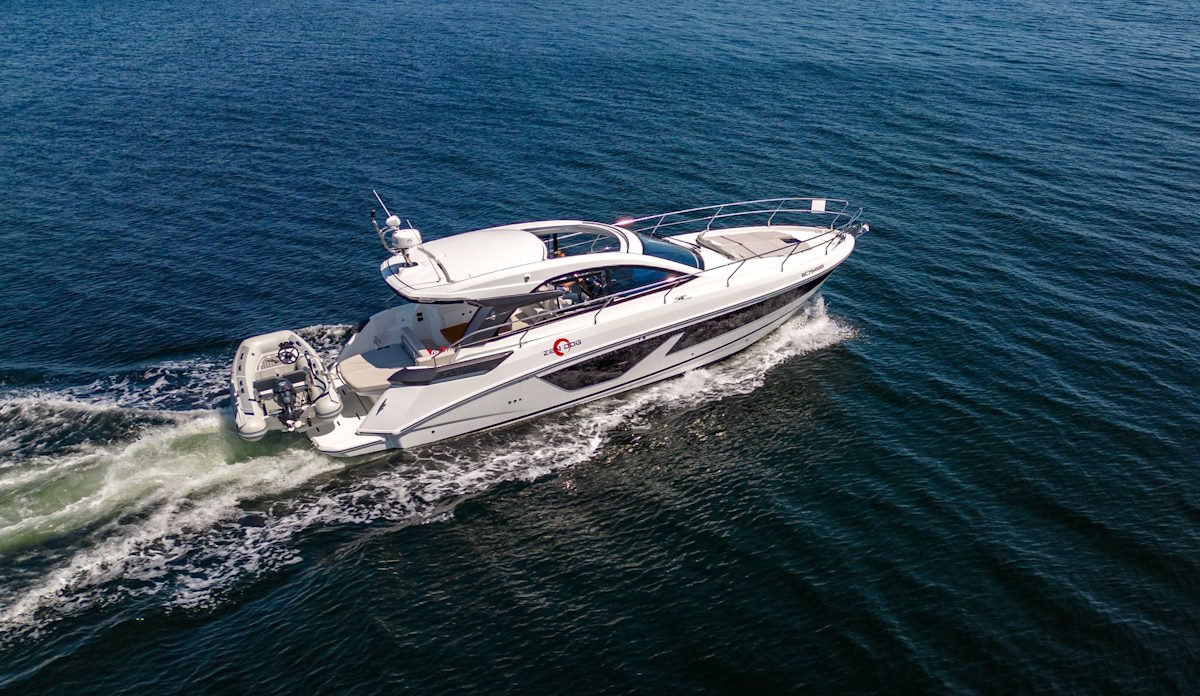
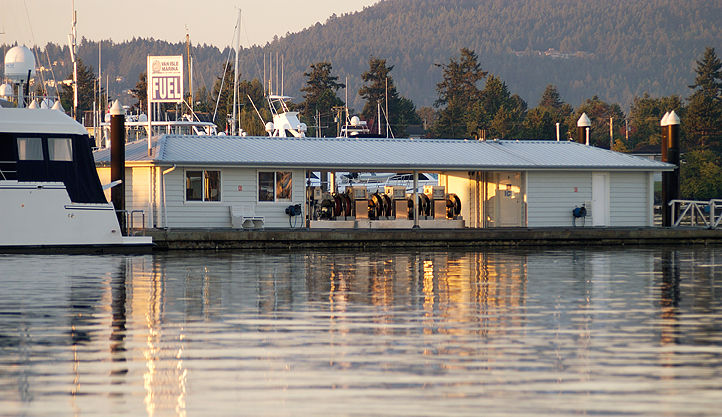
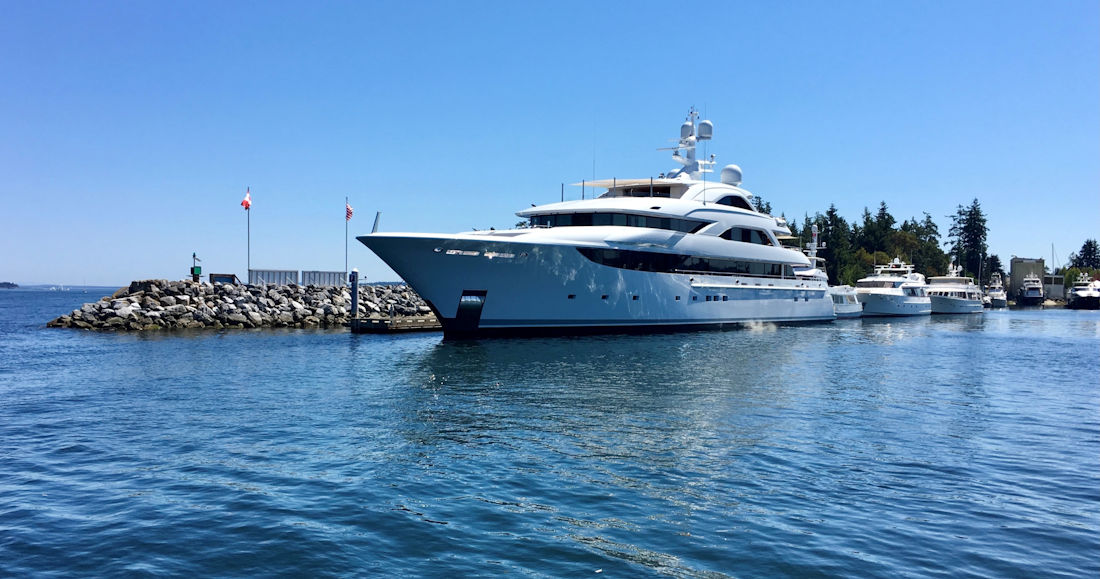
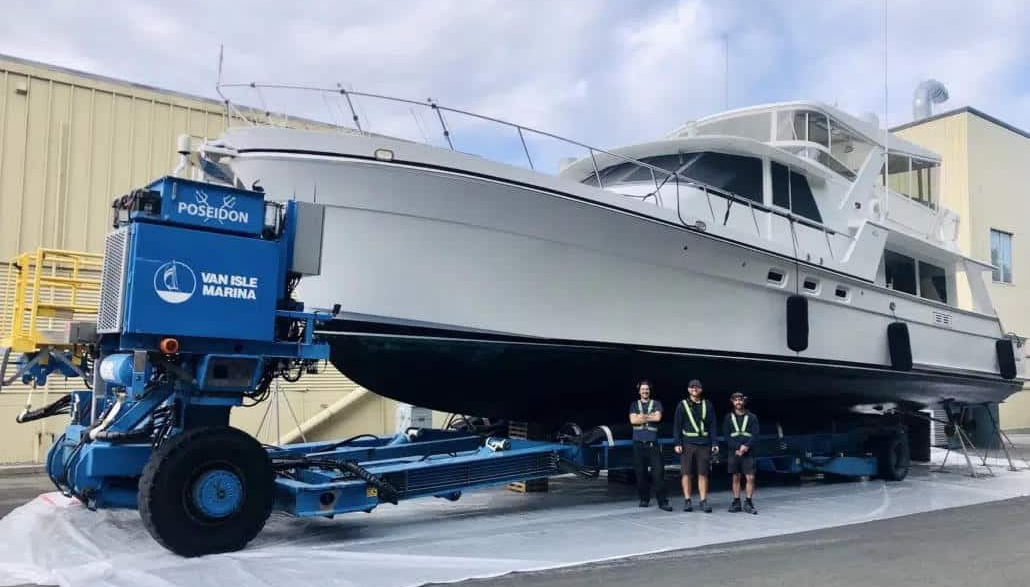
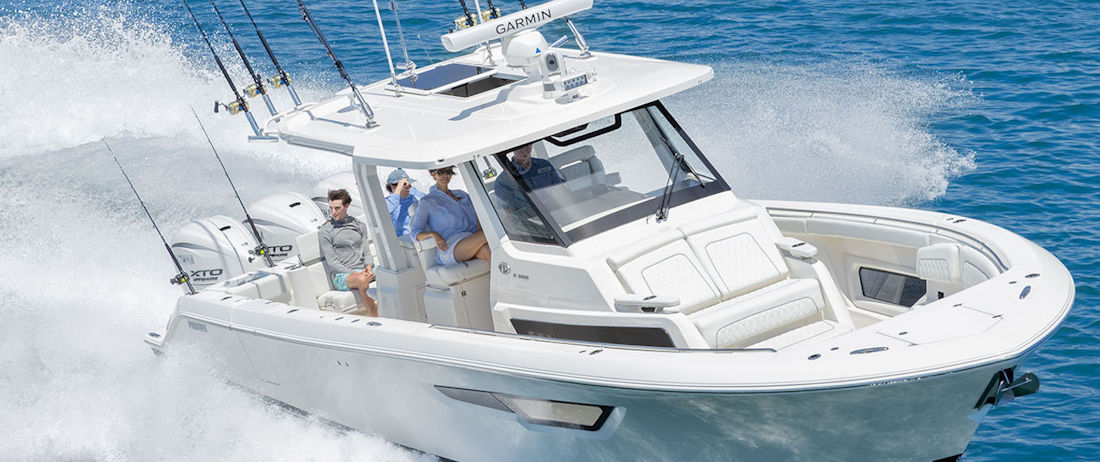
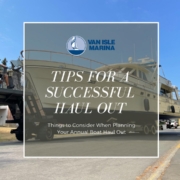
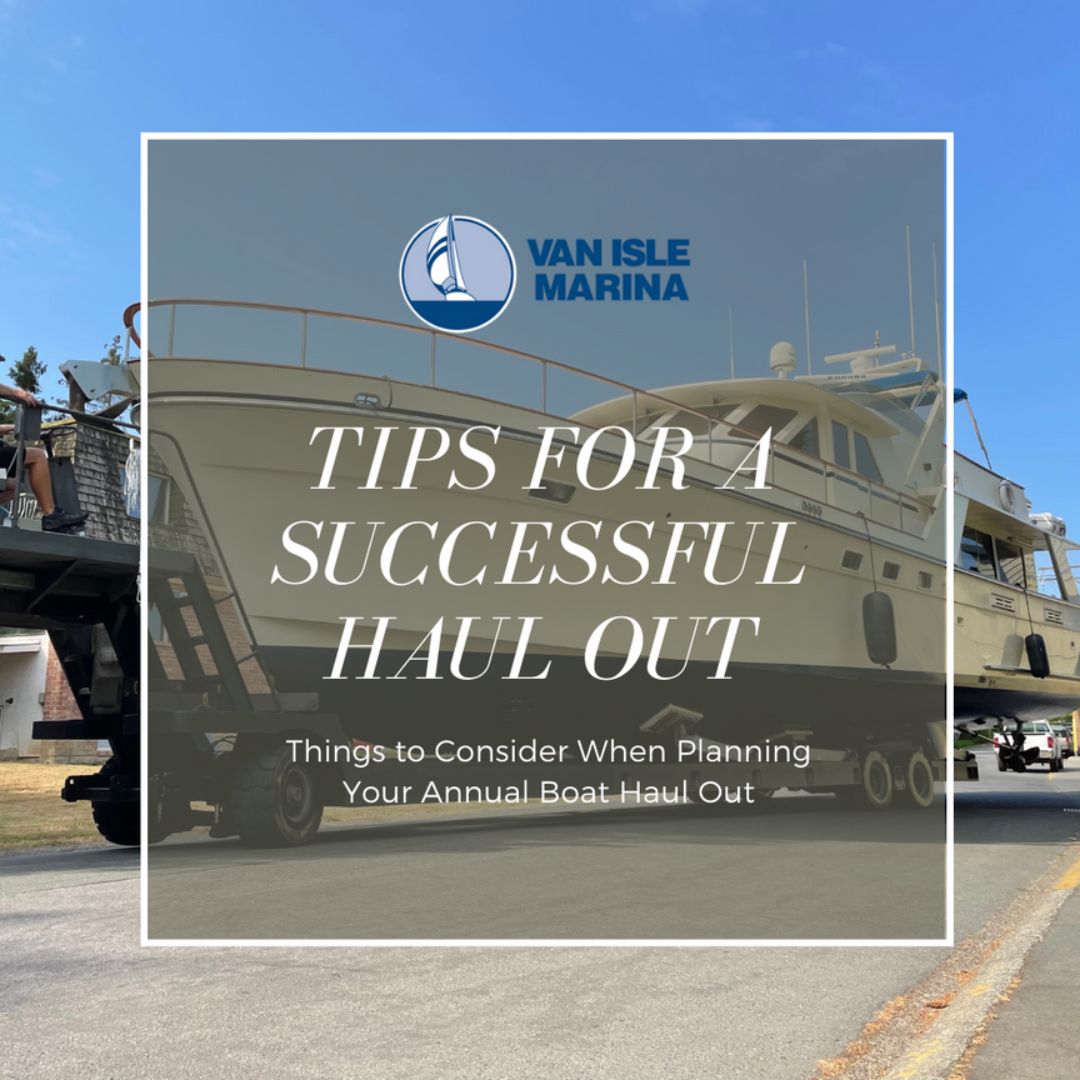

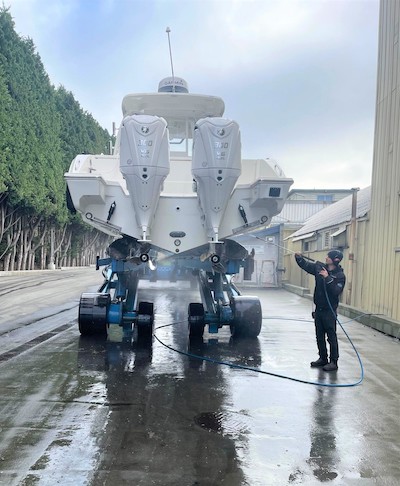 Time for a Haul Out
Time for a Haul Out